Have you ever wondered how doctors can detect diseases before any symptoms appear?
Medical imaging and computer vision are changing diagnostics by providing detailed internal views and intelligent analysis. While medical imaging provides a precise map of the body, AI now helps interpret these images, spotting patterns that might escape the human eye.
In fact, the global computer vision market in healthcare was USD 2.6 billion in 2024 and is projected to reach USD 53 billion by 2034.
Together, medical imaging and computer vision are transforming diagnostics. Imaging provides the map, while computer vision turns it into actionable insights, speeding up analysis, improving accuracy, and enabling early detection.
Of course, challenges like data quality, privacy, and workflow integration remain, but addressing them is essential to realizing AI’s full potential in healthcare.
In this blog, we’ll explore the latest advances, key use cases, and challenges of medical imaging and computer vision.
So, let’s take a look at how these technologies are reshaping healthcare.
What is Medical Imaging, and How is Computer Vision Changing It?
Medical imaging is at the heart of modern healthcare. It allows doctors to see inside the body without making an incision, helping detect, diagnose, and monitor diseases with precision.
Table of Contents
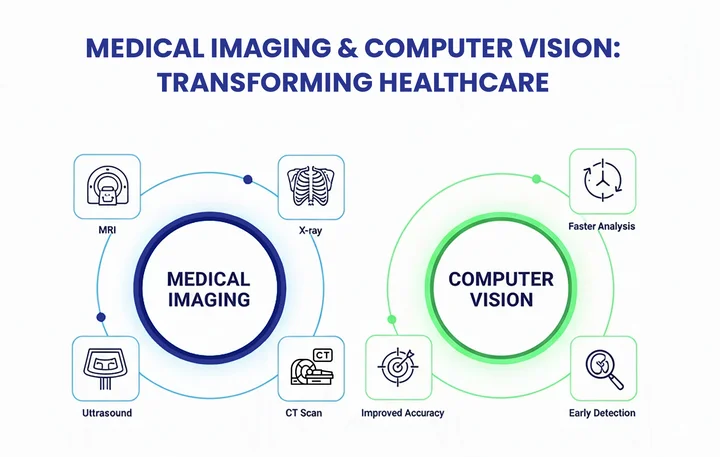
These images, ranging from MRIs and ultrasounds to CT scans and X-rays, provide a comprehensive picture of our internal health and help us make critical decisions every day.
Now, imagine if these images could do more than just sit on a screen. Deep learning for medical image analysis teaches computers to “see” and interpret these images. Think of it as having a second pair of extremely sharp eyes available 24/7.
Benefits of computer vision in medical imaging include:
- Faster analysis: Automates tumor measurement, organ segmentation, and medical image annotation tasks.
- Improved accuracy: Reduces human error in diagnosis and treatment planning.
- Early detection: Identifies conditions like cancer or heart disease before symptoms appear.
In simple terms, medical imaging provides the map, and computer vision turns it into actionable insights. Together, they are reshaping the way doctors diagnose, plan treatments, and ultimately care for patients, making healthcare smarter, faster, and more reliable.
Slow, manual image reviews delaying diagnosis? Adopt AI-powered computer vision to speed up analysis and improve accuracy.
As these technologies evolve, continuous innovation drives new possibilities. Let’s see how recent advances are shaping the next generation of medical imaging and computer vision.
What Are the Latest Advances in Medical Imaging And Computer Vision?
Medical imaging and computer vision in healthcare are evolving rapidly. These technologies offer breakthroughs that improve diagnostics, treatment planning, and patient care.
To understand how each contributes uniquely to healthcare, let’s look at their latest advances side by side!
| Aspect | Medical Imaging | Computer Vision |
|---|---|---|
| AI and Deep Learning Integration | AI assists in analyzing scans Detects subtle anomalies Supports precise diagnoses | Deep learning interprets images automatically Spots patterns invisible to humans Speeds up analysis |
| Image Segmentation | Separates organs, tissues, and tumors Enables accurate measurement and monitoring | Automates complex labeling tasks Improves segmentation efficiency |
| 3D Imaging and Reconstruction | Provides detailed 3D views of anatomy Aids surgical planning and diagnostics | Converts 2D slices into 3D models Visualizes images in time for analysis |
| Faster and High-Resolution Scanning | Reduces scan time Produces sharper, clearer images | Uses high-res images for automated analysis Supports real-time decision-making |
| Predictive and Smart Analysis | Limited predictive insights from imaging patterns | Predicts disease progression and patient risk Assists in early intervention decisions |
In short, medical imaging provides the map, while computer vision turns it into actionable insights. Integrating these technologies effectively often depends on well-structured AI Development Services that align machine learning models with clinical needs.
With these advancements in place, real-world applications are where their actual impact becomes visible.
What Are the Use Cases of Computer Vision And Medical Imaging in Healthcare?
Medical imaging use cases and computer vision applications complement each other to transform healthcare. While imaging provides the essential visuals, computer vision adds intelligence, automating analysis and uncovering insights that the human eye might miss.
Here’s a side-by-side look at their key use cases:
| Use Case | Medical Imaging | Computer Vision |
|---|---|---|
| Early Disease Detection | X-rays, MRIs, and CT scans detect tumors or anomalies Provides a clear picture for early intervention | AI models analyze images to spot subtle patterns Identifies diseases like cancer or heart conditions before symptoms appear |
| Medical Imaging Analysis | Manual review by radiologists Measures organ size, tumor growth, or tissue changes | Automated detection of fractures, lesions, or irregularities Reduces human error and speeds up diagnosis |
| Surgical Guidance & Treatment Planning | 3D imaging helps surgeons visualize anatomy Guides preoperative planning | Real-time mapping of instruments Highlights critical areas during surgery Suggests optimized treatment paths |
| Real-Time Monitoring & Predictive Care | Continuous imaging can monitor disease progression | Video and imaging feeds analyzed for subtle changes Alerts staff to potential complications early |
| Lab and Pathology Automation | Traditional tissue and slide examination | Automates repetitive tasks like slide analysis Speeds up workflows and improves accuracy |
Despite their growing success in clinical settings, both fields face technical and ethical hurdles that can slow adoption.
What Are the Major Challenges in Medical Image And Computer Vision Processing?
Developing efficient, dependable, and secure systems requires an understanding of these difficulties in medical image processing.
A comparison of the two looks:
| Challenge | Medical Imaging | Computer Vision |
|---|---|---|
| Data Quality & Availability | Limited annotated scans; equipment variability | Needs large, labeled datasets; inconsistent data affects AI accuracy |
| Regulatory Compliance & Privacy | HIPAA/GDPR compliance; patient data protection | Same compliance; AI models must protect privacy |
| Integration | Legacy systems: costly and complex | AI tools must fit existing workflows without disruption |
| Trust & Interpretability | Doctors need clear, reliable results | AI “black-box” models can be hard to explain |
| Computational Needs | High-res imaging requires a strong infrastructure | AI model training and analysis need heavy computing |
Addressing these challenges is essential to ensure that medical imaging and computer vision can deliver safe, reliable, and impactful results in healthcare.
Frequently Asked Questions (FAQs)
2. How Do You Benefit From Computer Vision in Medical Imaging?
The benefits are as follows:
- Speeds up image analysis and reporting.
- Reduces human errors in diagnosis.
- Enables early detection of diseases like cancer and heart conditions.
- Supports better treatment planning and improved patient care.
3. What Are the Main Challenges in Using AI and Computer Vision in Healthcare?
The challenges include:
- Need for high-quality, annotated datasets.
- Ensuring patient privacy and compliance with regulations like HIPAA/GDPR.
- Integrating AI tools into existing hospital workflows.
- Explaining AI “black box” results to clinicians.
4. How Do You Use Medical Imaging and Computer Vision For Early Disease Detection?
Imaging visualizes detailed scans of organs and tissues, while computer vision identifies subtle patterns that may indicate early-stage diseases. This combination allows doctors to detect conditions before symptoms appear.
5. How Do You See the Future of AI in Medical Imaging?
AI will enable real-time predictive diagnostics, automated analysis, and more personalized treatment planning. It supports clinicians by improving accuracy, speeding up workflows, and enabling proactive patient care.
Final Thoughts: Advancing Healthcare With AI and Computer Vision
AI-powered diagnostic imaging is transforming healthcare by enabling earlier, more accurate disease detection. Integrating these solutions requires careful planning, but when done well, they improve efficiency, reduce errors, and empower clinicians.
However, integrating these AI solutions into existing workflows can be complex. AI consulting services ensure easy deployment, enabling hospitals and clinics to utilize intelligent insights without disrupting daily operations.
The impact:
In the end, the future of healthcare depends on proactive, data-driven decisions. Implementing AI-driven imaging solutions improves efficiency, reduces errors, and empowers clinicians to deliver better patient outcomes.
Want to cut diagnosis time by up to 40% with AI-powered image analysis?




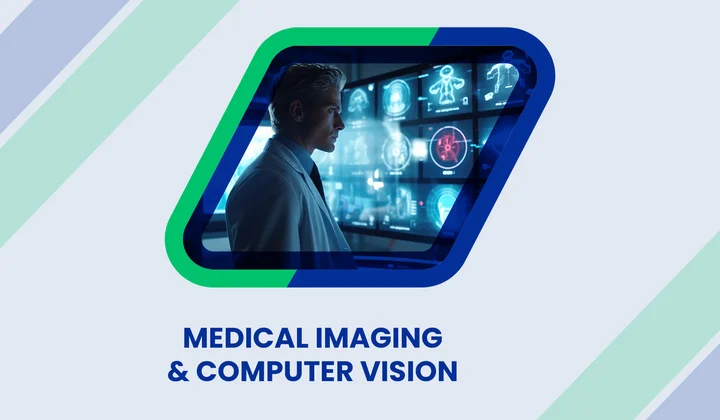
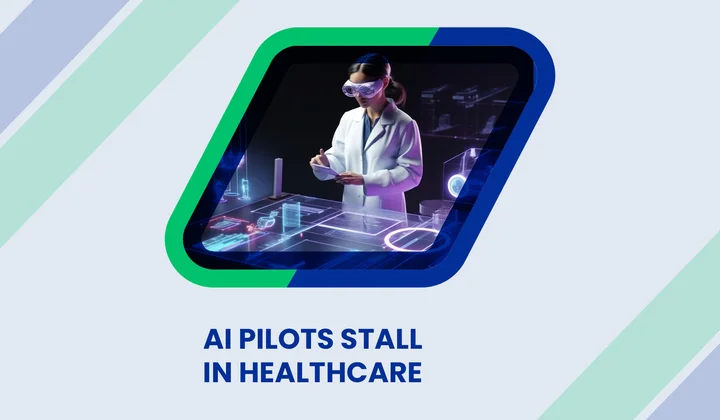
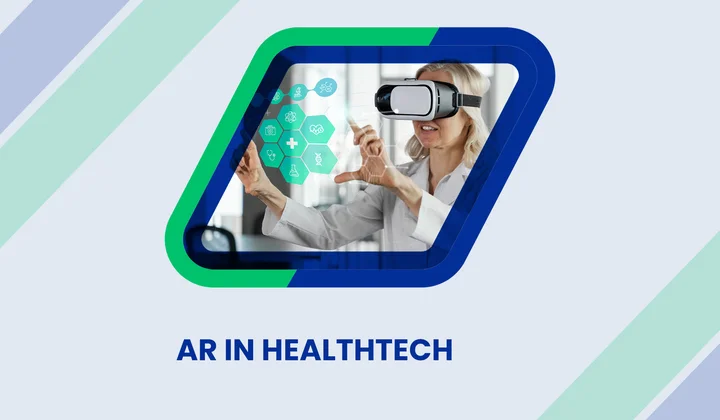
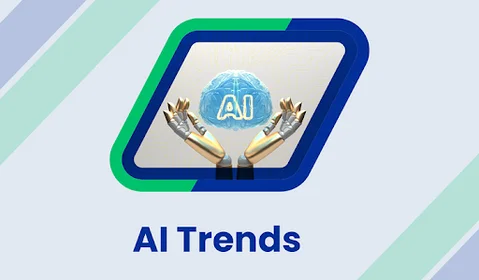
Share your thoughts about this blog!